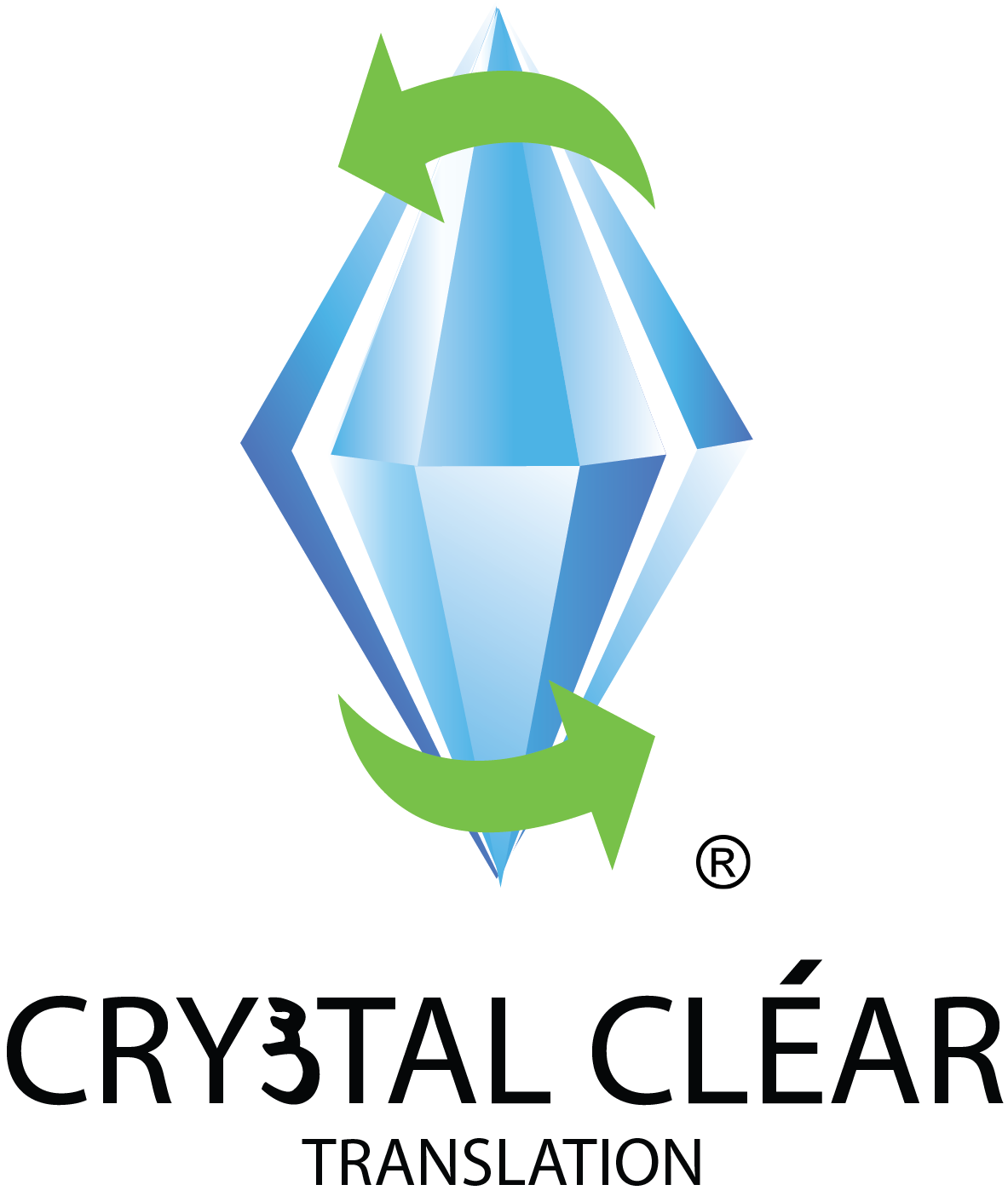India has an extensive history of being a heavily multilingual country. With a growing population of 1.3 billion citizens, India boasts a vast level of diversity. With this in mind, it becomes extremely common for native individuals to possess the ability to understand and speak in more than one dialect.
The varying array of languages has over the decades become compulsory in the growth and development of the Indian community. Interestingly, many Indian citizens use the language they speak as a distinct way of defining their identity.
Indian Languages- In Numbers
According to the 2011 census, there are approximately one hundred and twenty-one languages that are spoken as mother tongue- meaning that this is the first language a person uses. However, only twenty-two of these are deemed as official.
Assamese, Bengali, Bodo, Dogri, Guajarati, Hindi, Kannada, Kashmiri, Konkani, Maithili, Malayalam, Manipuri, Marathi, Nepali, Oriya, Punjabi, Sanskrit, Santhali, Sindhi, Tamil, Telugu and Urdu are the official twenty-two in accordance with the Constitution of India. Out of all the listed dialects, Hindi is the most prominent, with around 41.03% of Indian natives speaking it as a first language and approximately 56% as a second.
The English Language
Despite attempts to stop the use of English as a language within India, it is still used widely within educational and business settings to this day. Although Hindi is at the forefront, those who were unable to speak it with ease much preferred English interpretation. It is now the case that English is used in conjunction with Hindi within the education and business sectors. This was down to an outcry from many individuals which resulted in radical political protests. Its important to note that English is spoken more commonly as a second or third language as a pose to first, according to statistics around 13% of Indian population speak it as their second language.
The derivation of English being more widely spoken, and the continual increase of doing so, has resulted in an influx of international companies- with the language being used commonly within offices and many other socioeconomic establishments.
Multilingualism in India: Day to Day Life
Multilingualism within in Indian community is rife. There are ample benefits to the broad structure of the extensive menu of local parlance. As we discussed earlier, the prevalence of Hindi and English being spoken in official and professional contexts constitutes for more than half of first and second languages. Whereas an ample proportion of the community speak in another language. Ultimately, the area of India that you are in will dictate the language that is spoken. For example, a resident of Manipur will typically speak Manipuri, or, alternatively a person from Delhi is likely to speak Hindi as mother tongue. With twenty-eight states, India is vastly organised in line with linguistic parameters.
Conclusion
With all these factors in mind, it is apparent that multilingualism within India is strongly influenced by political matters. The language you speak seems to be just as important in defining your status as religion or cultural beliefs. Whilst some languages are more prolific than others, each one goes a long way in branding India as a highly diverse, multilingual country.
Should you feel you would benefit from one of our interpretation or translation services, get a quote from Crystal Clear Translation.


